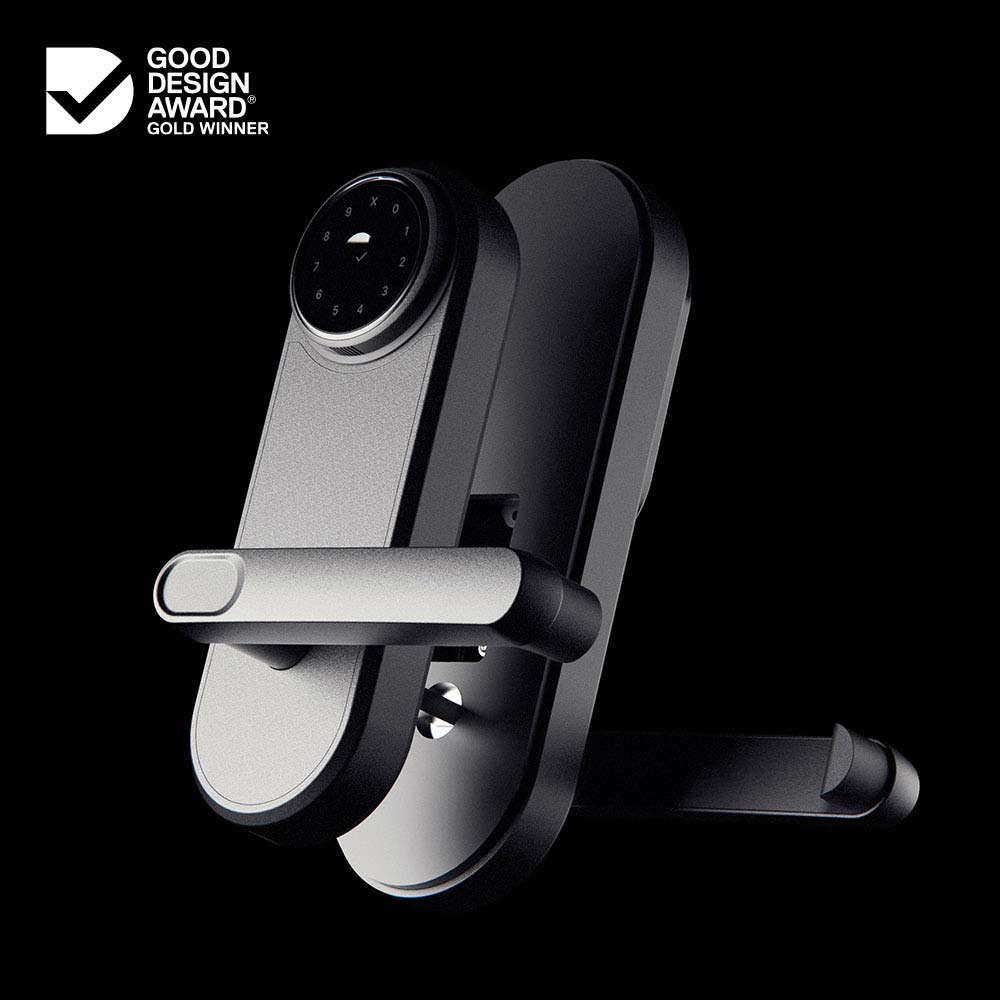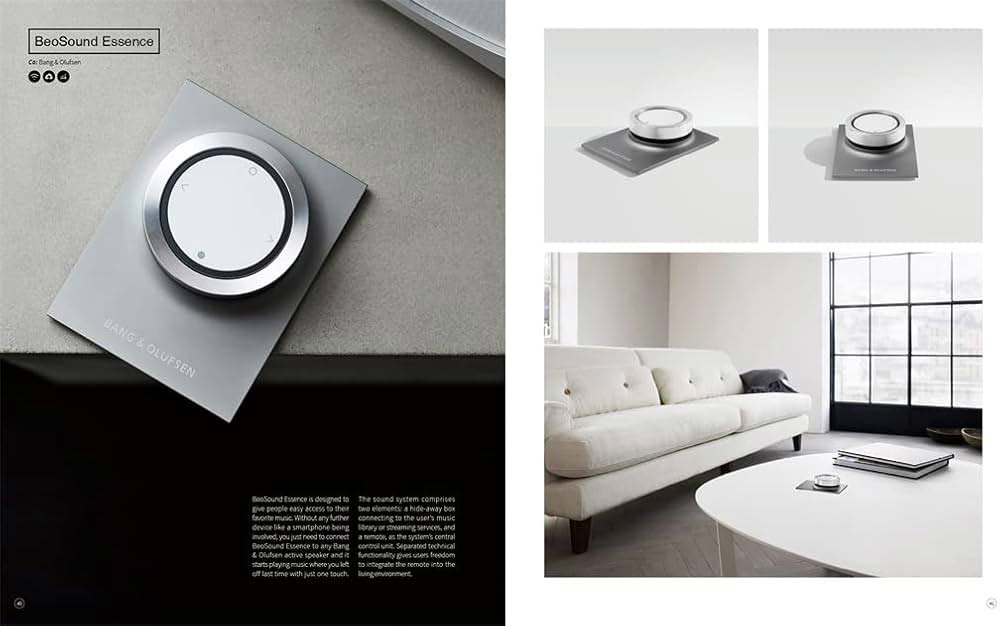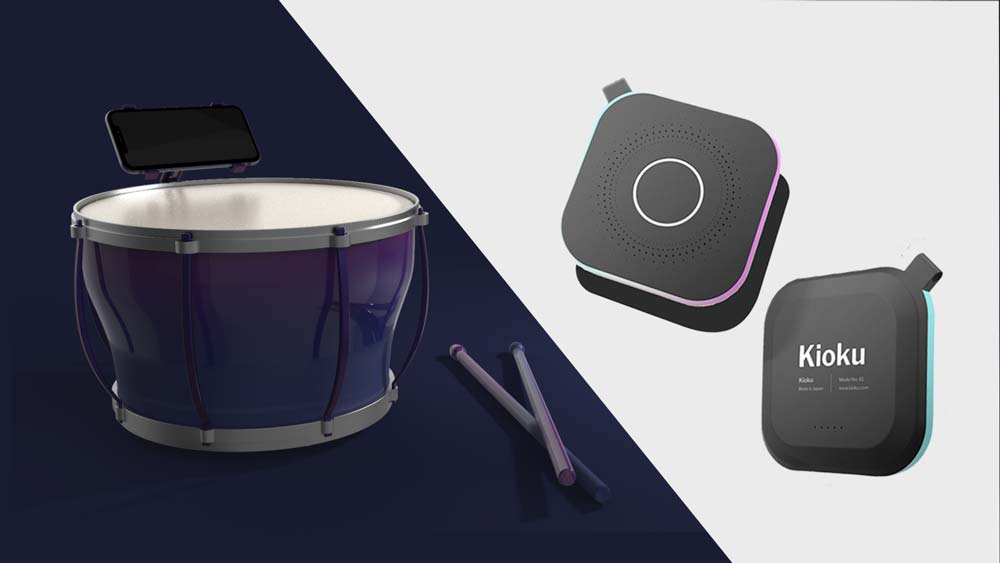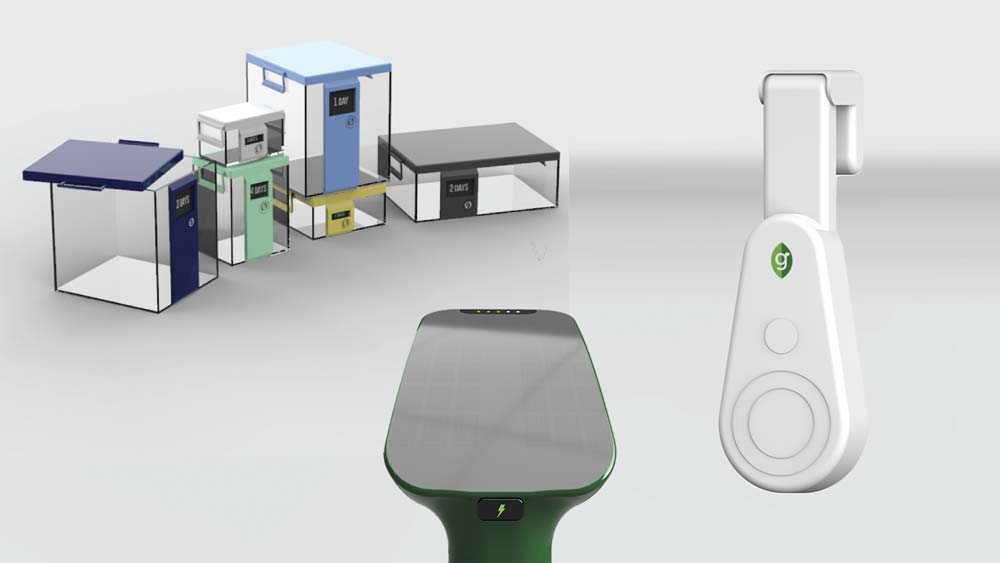Digital and Physical Integration: The Future of Seamless Product Design

Introduction
As technology continues to evolve, the lines between the digital and physical worlds are becoming increasingly blurred. Digital and physical integration is a growing trend in product design that seamlessly combines the best of both realms to create products that are not only functional but also intuitive, interactive, and responsive to the needs of modern consumers. From wearable tech that integrates with smartphones to smart home devices that control everything from lighting to temperature, digital and physical integration is reshaping the way we interact with products in our daily lives.
This integration allows for more personalized, efficient, and connected experiences, enabling products to adapt in real-time to user behavior and environmental factors. In this blog post, we’ll explore what digital and physical integration entails, why it’s gaining traction, and how it’s influencing the future of product design.
What is Digital and Physical Integration in Product Design?
- Digital Integration: Digital integration in product design refers to the incorporation of digital technologies, such as software, sensors, and connectivity features, into physical products. This allows products to collect, process, and transmit data, enabling them to interact with other devices, applications, and platforms. For example, a smartwatch integrates digital functions like notifications, health tracking, and remote control of devices, all while maintaining its physical form as a timepiece.
- Physical Integration: Physical integration focuses on how products are designed to interact with their environment and users through their physical form. This includes hardware elements like buttons, touch screens, sensors, and interfaces that allow users to engage with digital features in a tangible, hands-on way. The key here is ensuring that the physical product is designed to be intuitive and functional while also offering digital capabilities.
Together, digital and physical integration combines the best of both worlds, where physical products are enhanced with digital capabilities to improve user experience, functionality, and engagement.
Why Digital and Physical Integration is Gaining Popularity
Several factors are driving the rise of digital and physical integration in product design:
- Consumer Expectations for Smart and Connected Products: With the rise of smart home technology, wearables, and connected devices, consumers now expect their products to seamlessly integrate with their digital lives. They want devices that not only serve a physical purpose but also provide enhanced functionality through software and connectivity.
- Advances in Technology: As technology advances, the cost and accessibility of sensors, processors, and connectivity solutions have decreased, making it easier to integrate digital features into physical products. Innovations in areas like wireless communication, cloud computing, and miniaturization of electronics have paved the way for more sophisticated integration.
- The Need for Personalization: Consumers are looking for products that can adapt to their individual needs and preferences. Digital integration allows for this level of personalization, enabling products to learn from user behavior and offer tailored experiences. For example, a smart thermostat can adjust the temperature based on a user’s schedule and preferences.
- Improved Functionality and Efficiency: The integration of digital and physical components often results in more efficient and effective products. Digital features like automation, data tracking, and remote control enhance the functionality of physical products, making them more convenient and streamlined.
- Seamless User Experience: As technology becomes more integrated into our everyday lives, consumers expect seamless experiences where the physical and digital elements of products work together effortlessly. Digital and physical integration ensures that products are both functional and easy to use, providing an intuitive and cohesive user experience.
Key Features of Digital and Physical Integration in Product Design
- Connectivity and Interactivity: One of the key features of digital and physical integration is the ability for products to connect to other devices and networks. This can include Bluetooth, Wi-Fi, or 5G connectivity, enabling products to communicate with smartphones, tablets, and cloud platforms. Interactive features, such as touchscreens or voice control, allow users to engage with the product in intuitive ways.
- Sensors and Data Collection: Many products that integrate digital and physical elements feature sensors that collect data about the user or the environment. For example, smartwatches track heart rate, steps, and sleep patterns, while smart refrigerators monitor food inventory and expiration dates. This data is then processed and used to optimize the product’s performance or provide real-time feedback to the user.
- Automation and Smart Features: Digital and physical integration allows for automation, where products can perform tasks without direct user input. This includes features like self-adjusting lighting, voice-controlled assistants, or smart home systems that regulate temperature, security, and energy usage based on user behavior.
- Real-Time Updates and Remote Control: Many digitally integrated products allow for remote control through apps or online platforms. This can include controlling appliances, adjusting settings, or receiving notifications about product status. For example, users can remotely control their home security system, adjust their thermostat, or monitor health data from their smartphone.
- Enhanced User Interface: The integration of digital technology often results in a more sophisticated and interactive user interface. This could be in the form of touchscreens, haptic feedback, voice assistants, or augmented reality (AR), all of which enhance user engagement and provide more information or control at the user’s fingertips.
Benefits of Digital and Physical Integration for Brands and Consumers
- For Brands:
- Innovation and Differentiation: By integrating digital and physical elements, brands can create innovative products that stand out in a competitive market. This differentiation can help brands attract new customers, enhance brand loyalty, and establish themselves as leaders in technological innovation.
- Increased Customer Engagement: Digital integration provides brands with new opportunities to engage with consumers, offering personalized experiences and insights that help build stronger relationships. Brands can use data collected from products to offer tailored recommendations, promotions, and customer support.
- New Revenue Streams: Digital and physical integration opens up new business models, such as subscription services, software updates, and data-driven analytics. Brands can monetize features like app integration, cloud storage, and remote management to generate additional revenue.
- Sustainability: Digital integration can improve product efficiency, optimize resource usage, and reduce waste. For example, smart devices that monitor energy consumption can help consumers reduce their carbon footprint, aligning with sustainability goals.
- For Consumers:
- Improved Convenience and Efficiency: Products with digital and physical integration streamline daily tasks by offering automation, customization, and remote control. This convenience enhances user experience and makes life easier, whether it’s controlling home appliances, tracking fitness data, or managing schedules.
- Personalization: Digital integration allows products to adapt to individual preferences, providing more personalized experiences. For example, a smart thermostat learns your heating and cooling preferences, and a fitness tracker customizes goals based on your health data.
- Enhanced Control and Transparency: IoT-integrated products provide consumers with greater control over their environment. Smart devices can track usage, send alerts, and provide real-time data that helps users make informed decisions about how they interact with products.
- Seamless User Experience: The integration of digital and physical elements creates a more cohesive, intuitive experience. Whether it’s a smart speaker that plays music, adjusts lights, and controls home security, or a wearable that tracks health and syncs with other devices, the integration improves the overall user experience.
Case Studies: Leading Examples of Digital and Physical Integration in Product Design
Apple Watch:
The Apple Watch is a prime example of digital and physical integration. It combines a traditional timepiece with a range of smart features, including health tracking, notifications, voice commands, and app integration. The device collects data on the wearer’s health and activity levels, syncing with other Apple devices to provide a seamless user experience.
Google Nest Thermostat:
The Google Nest Thermostat integrates both physical and digital elements, allowing users to control their home’s temperature via a smartphone app or voice commands. The device learns from the user’s behavior to optimize energy usage and provides real-time data on energy consumption, making it both efficient and user-friendly.
Amazon Echo:
Amazon Echo devices are another example of digital and physical integration. These smart speakers combine a traditional speaker with digital capabilities such as voice control, home automation, and media streaming. The device integrates with other smart home products, enabling users to control everything from lights to security systems with simple voice commands.
Dyson Airwrap:
Dyson’s Airwrap is a revolutionary hair styling tool that integrates digital technology with physical design. The product uses sensors to detect temperature and airflow, adjusting automatically to prevent heat damage while providing optimal styling performance. The physical product is designed for ease of use, with digital features that enhance functionality and efficiency.
Challenges in Implementing Digital and Physical Integration
While digital and physical integration offers numerous benefits, there are several challenges to consider:
- Complexity and Cost: Integrating digital technology with physical products can increase complexity in design, manufacturing, and maintenance. This often results in higher production costs and may require specialized expertise or new tools to create the product.
- Security and Privacy: IoT-enabled products that collect and exchange data are vulnerable to security breaches. Ensuring data privacy and preventing unauthorized access to sensitive information is crucial for consumer trust and compliance with regulations.
- User Experience: Combining digital and physical elements can sometimes lead to a cluttered or confusing user experience. It’s essential to balance innovation with simplicity, ensuring that products remain easy to use and intuitive despite the added functionality.
- Battery Life and Power Consumption: Many digital and IoT-enabled products rely on battery power, and the need to balance high performance with long-lasting battery life can be challenging. Optimizing power consumption while maintaining functionality is key to the success of these products.
How You Can Incorporate Digital and Physical Integration in Your Products
As a designer or brand, here are some ways to incorporate digital and physical integration into your products:
- Understand User Needs: Begin by understanding your target users’ needs and pain points. Design products that address these needs by combining digital functionality with physical usability.
- Leverage Data for Personalization: Use IoT and data collection to offer personalized experiences. Whether it’s adjusting settings based on user preferences or providing real-time feedback, ensure that digital features enhance the physical product experience.
- Focus on Seamless Interaction: Ensure that the integration of digital and physical elements is seamless. The product should be easy to use, with digital features that feel intuitive and enhance the physical design rather than complicating it.
- Invest in Security: Incorporate strong security features, such as encryption and secure authentication, to protect user data and build trust with consumers.
- Optimize Power Efficiency: Focus on creating energy-efficient products that can run on minimal power without sacrificing performance. Consider low-energy components, smart power management systems, and rechargeable batteries.
Conclusion
Digital and physical integration is transforming the way products are designed, making them smarter, more functional, and more intuitive. By blending the tactile, real-world experience of physical products with the enhanced capabilities of digital technology, brands can create products that cater to the evolving needs of modern consumers. As this trend continues to grow, the possibilities for innovation are endless, offering new ways to connect, interact, and personalize products in the digital age.
For designers and brands, embracing digital and physical integration presents an opportunity to not only create cutting-edge products but also to deliver seamless, engaging user experiences that cater to an increasingly connected world.
References
Apple, 2023. Apple Watch: The Integration of Digital and Physical Design in Wearables. Available at: www.apple.com [Accessed 2 March 2025].
Google, 2023. Google Nest Thermostat: Digital and Physical Integration in Home Automation. Available at: www.google.com [Accessed 2 March 2025].
Amazon, 2023. Amazon Echo: Bringing Digital and Physical Elements Together for Smart Living. Available at: www.amazon.com [Accessed 2 March 2025].
Dyson, 2023. Dyson Airwrap: Combining Digital Technology with Physical Design for Optimal Performance. Available at: www.dyson.com [Accessed 2 March 2025].






